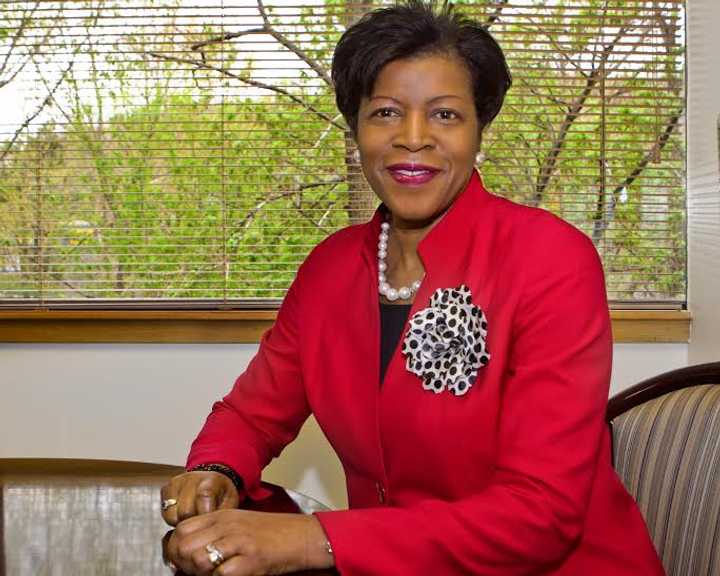In addition to Perkins, the “Teacher Diversity” panelists included Linda Darling Hammond, Charles E. Ducommon Professor of Education, Stanford University; Richard Ingersoll, professor of education and sociology, Graduate School of Education, University of Pennsylvania; Clifford B. Janey, senior research scholar at Boston University, School of Education; and Jose Luis Vilson, New York City public school teacher and author. The panel was moderated by Leo Casey, executive director, Albert Shanker Institute.
At the conference, Perkins cited key reasons that the teaching profession is not attracting students of color to help address the critical gap between the diversity of the nation’s teacher workforce and an ever-increasing racially and ethnically diverse student population:
- Lack of affordability/financial stability: “In order to become a teacher, you must be able to go to college, which most people of color cannot afford to do.”
- Misconceptions about the benefits of the profession: “Unfortunately, young people of color are under the mistaken impression that teaching is not a viable and financially rewarding profession. The opposite is just the case, and we need to do a better job of communicating the facts that teacher salaries and benefits, including retirement, are attractive and provide an excellent quality of life to raise a family.”
- Failure of educational system: “Our educational system has done a poor job of preparing students of color for the challenges they will face in school.” In addition to noting that most students of color lack good written and verbal communications skills, she cited a recent study by the Center for American Progress that teachers expect less from black and Latino students and as a result, the “students may perform poorly.”
Perkins reviewed how TSTT’s 20-year model has been addressing the diversity gap by successfully recruiting, mentoring and training culturally diverse and economically challenged, talented high school students in New York, Connecticut, Massachusetts and Virginia.
Click here to follow Daily Voice Greenburgh and receive free news updates.
